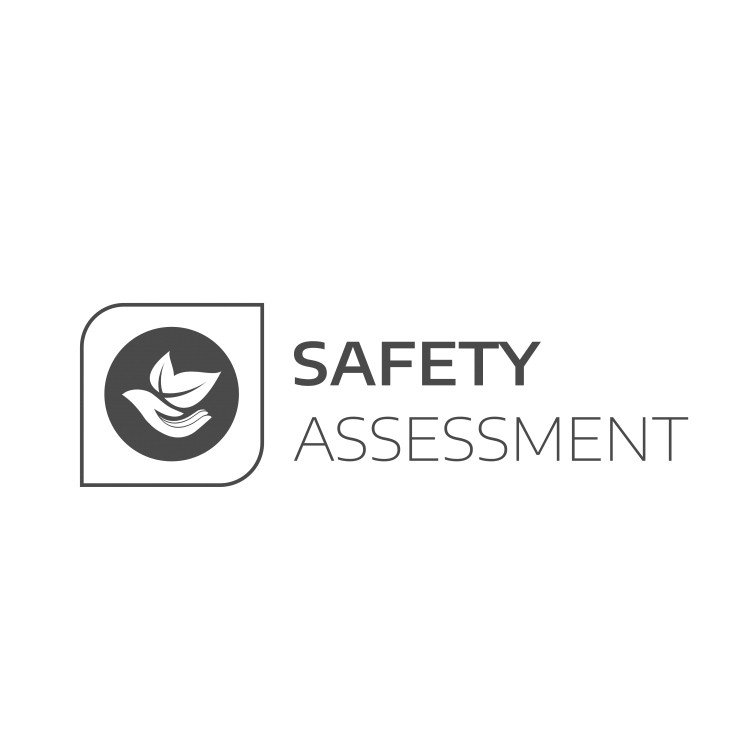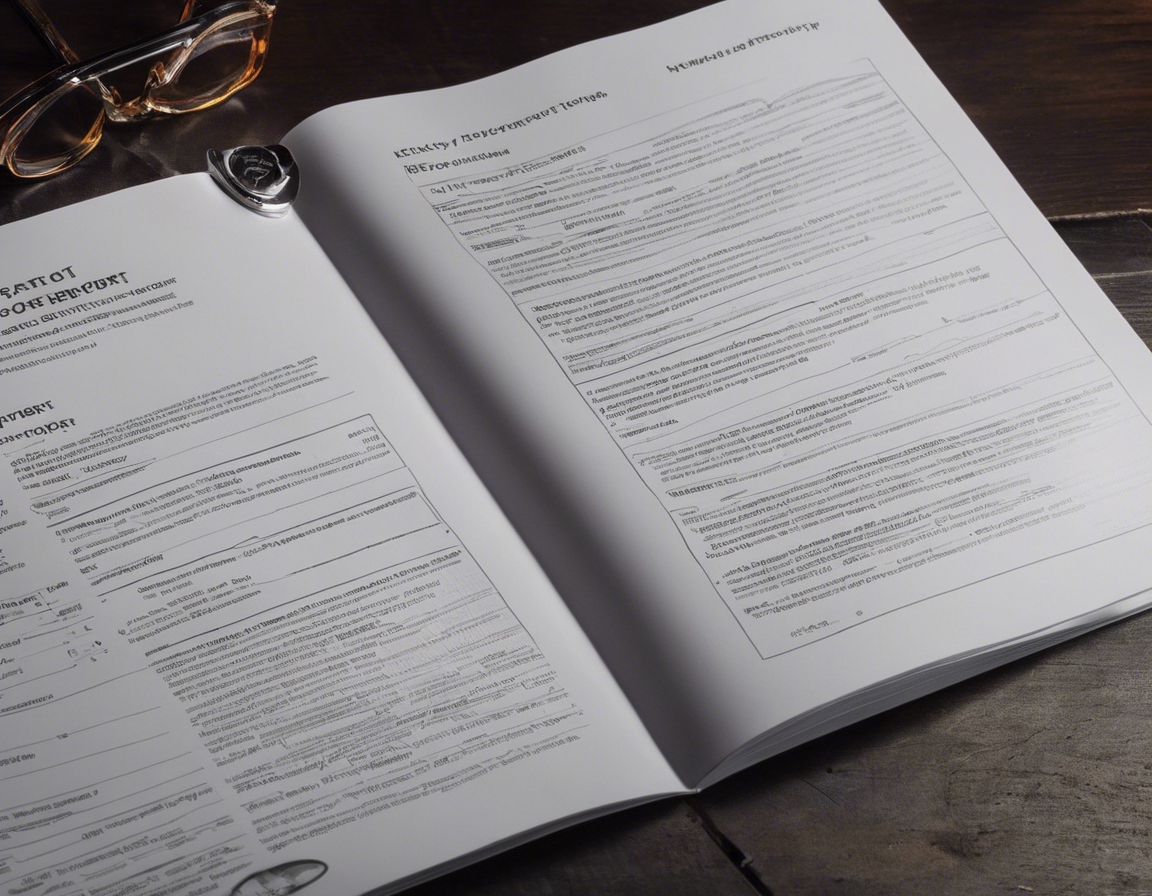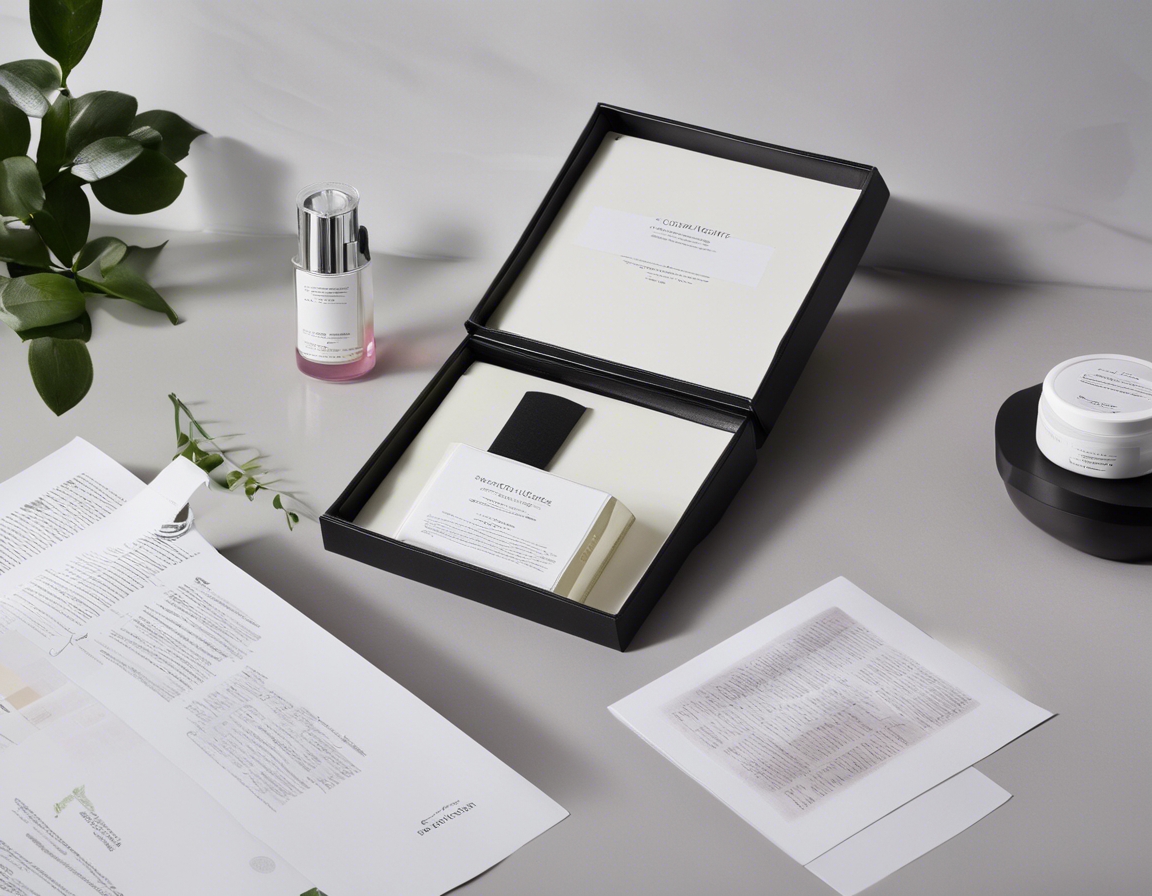5 essential steps for cosmetic product compliance
Ensuring cosmetic product compliance within the European Union is a critical step for manufacturers, importers, and distributors. It is not only a legal requirement but also a commitment to consumer safety and product quality. This comprehensive guide outlines the five essential steps to achieve compliance with EU cosmetic regulations.
Step 1: Understanding the Legal Framework
The cornerstone of cosmetic compliance in the EU is Regulation (EC) No 1223/2009. This regulation outlines the responsibilities of cosmetic product stakeholders, including safety requirements, ingredient restrictions, and market surveillance protocols. Familiarity with this regulation is the first step towards ensuring compliance.
In addition to EU-wide regulations, it is crucial to be aware of any national legislation that may affect cosmetic products in specific member states. These may include additional requirements or restrictions that must be adhered to.
Step 2: Safety Assessment and Product Information File (PIF)
A safety assessment is a mandatory part of the compliance process. It must be performed by a qualified safety assessor who will evaluate the safety of the cosmetic product for human health. The assessment includes consideration of the chemical composition, toxicological profiles, and exposure levels.
The Product Information File (PIF) is a comprehensive document that contains all the information related to the cosmetic product, including the safety assessment report, description of the cosmetic product, manufacturing process, and proof of the claimed effect. The PIF must be kept up to date and accessible to regulatory authorities for inspection.
Step 3: Good Manufacturing Practices (GMP)
Adherence to Good Manufacturing Practices (GMP) is essential for compliance. ISO 22716 provides guidelines for the production, control, storage, and shipment of cosmetic products. Obtaining ISO 22716 certification demonstrates a commitment to the quality and safety of cosmetic products.
Documentation is a critical aspect of GMP. It ensures traceability and accountability in the manufacturing process. Quality control measures must be in place to guarantee that the cosmetic products meet the required standards before they are released to the market.
Step 4: Labeling and Packaging
Accurate labeling is a legal requirement for cosmetic products in the EU. Labels must include information such as the list of ingredients, best before date, any special precautions, and the name and address of the responsible person. Labels must also comply with language requirements of the member state where the product is sold.
Ensuring that labeling and packaging are translated correctly and comply with local language requirements is crucial for market acceptance and regulatory compliance.
Step 5: Notification and Registration
Before placing a cosmetic product on the EU market, it must be notified to the Cosmetic Products Notification Portal (CPNP). This centralized system allows for the efficient exchange of information between manufacturers, importers, and regulatory authorities.
Some EU member states may require additional registration processes. It is important to verify whether any national registrations are needed and to complete them as required.






Comments (0)